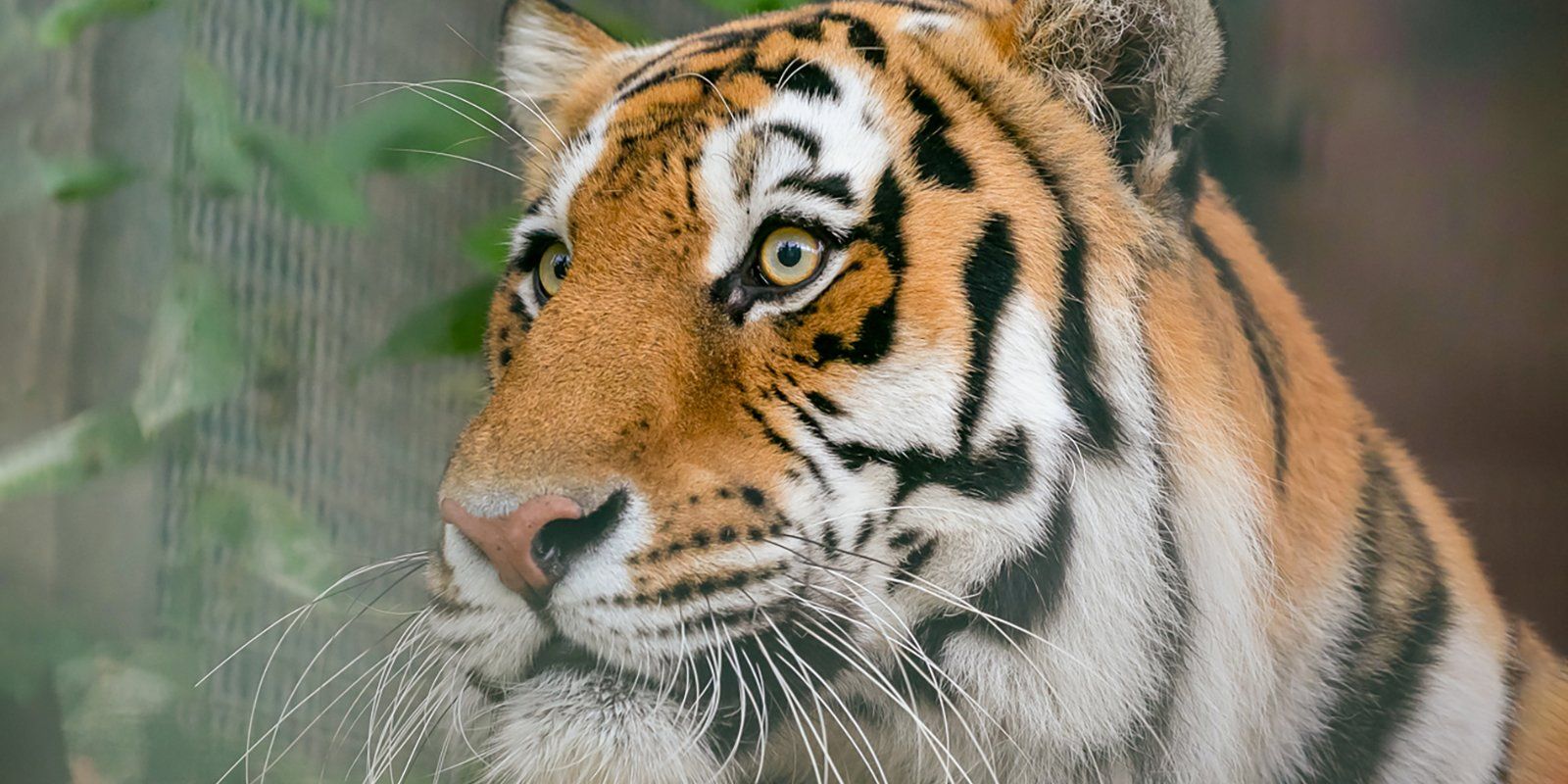Striped family: Amur tiger cubs born at Moscow Zoo
.jpg)
Four Amur tiger cubs were born at the Moscow Zoo’s Centre for Rare Animal Species Reproduction located near Volokolamsk. This sub-species is on the Red List of Threatened Species of the International Union for the Conservation of Nature (IUCN) and in the Red Data Book of the Russian Federation. Amur tigers are considered the largest wild cats.
“Amur tigers, also called Ussurian or Siberian tigers, are extremely rare and unique animals. Zoologists around the world are working hard to create a reserve population of this threatened sub-species. Our centre in the Moscow Region is home to four adult Amur tigers: male tiger Tikhon and three females, Shiva, Baryshnya and Matryoshka. Shiva’s pregnancy continued for 100 days and as the time of the birth grew closer, she became more subdued and reserved. She gave birth to four cubs, two males and two females. Litter size is usually two to four cubs but not all of them survive in the wild. Zoos are more successful at looking after the litter,” commented Moscow Zoo General Director Svetlana Akulova.

The tigress is a tireless caretaker for her little ones. For the first three months after the birth, she almost never let them out of their shelter in the open-air cage. Now the attentive mother is allowing the cubs to go outside and explore. While they are playing with each other in the open part of the cage, Shiva is watching them closely.
The cubs are already getting used to grown-up food as zookeepers are introducing beef, chicken, guinea pigs and quails in their diet. By the age of three months, each of the newborns weighed 10 kg. Their mother will be by their side until they are 2 years old.
Visitors to the reproduction centre near Volokolamsk can watch the little ones and their mother during scheduled tours at 11 am, 1 pm, 2:30 pm, 4 pm and 5:30 pm. Groups are limited to 20 people. The nursery’s location and admission fees can be found on the centre’s official website.
Moscow Zoo visitors can also learn more about the habits of the world’s largest tiger. An Amur tiger named Martin lives in the new area of the zoo.
It is possible that one or two of the cubs from this year’s litter will remain in the reproduction centre or the Moscow Zoo. The others will be transferred to some of the major zoos in Russia and abroad. The Amur tiger cubs previously born in the centre near Volokolamsk moved to zoos in the United States, Japan and European countries.
Amur tigers’ natural habitat is the southern part of Russia’s Far East and northeastern China. These wild cats live near low mountains, preferring cedar and temperate deciduous forests to the Ussurian taiga. They are well-adapted to low temperatures thanks to thick winter coat that protects them from harsh cold.
An average Amur tiger has a body length of 2‒3 m including the tail and a shoulder height of 60 cm. An adult tiger may weigh up to 300 kg. Despite the bright orange pelage with black cross stripes, the tiger’s colouration allows it to be a master of disguise in wild nature.
Due to poaching, the population of Ussurian tigers was in continuous decline until the 1940s and hunters killed almost 97 percent of this species. Supposedly, there were only 30 to 40 animals left alive. Since the poaching ban, the natural population of the tigers has started to grow. Around 540 representatives of this species currently inhabit the banks of the Amur and Ussuri rivers in the Amur, Khabarovsk and Primorye territories. Amur tigers have been spotted in northeastern China and North Korea as well. Nevertheless, this sub-species is still considered very rare.

Amur tigers usually have enormous territories. A female tiger will consider 300‒500 sq km as her private land while a male tiger goes even further, 800 sq km. These predators may venture outside their territory in search of prey. Unlike lions who group in prides, Amur tigers prefer a solitary lifestyle. They prey on deer, wild boar and badgers. Being very patient animals, they can wait for hours for a convenient moment to attack. They are also great at fishing and can catch fish with their paws from the sills of mountainrivers.
For 18 to 24 months after producing offspring, Amur tigers teach their cubs to search for prey and hunt. When a mother finally abandons the young ones, they can still live on her territory for several more months. Young inexperienced animals may starve so they often follow their mother’s paw prints and feed on the remains of her prey. When they can finally feed themselves without help, they leave their mother’s territory to find their own.
These rare cats live as long as 15 years in the wild and up to 25 years in captivity.
The Moscow Zoo has been involved in conservation and restoration of rare species populations in captivity for many years. The zoo’s experts make sure that the animals have the most comfortable conditions for living and reproducing. The Centre for Rare Animal Species Reproduction opened in 1994 in the Volokolamsky Region, 97 km from Moscow. The centre is involved in 16 international programmes for reproduction of rare and endangered species, creating new pairs and groups of rare animals, and developing new methods for their maintenance and breeding. The centre’s nursery takes care of over a thousand animals, including some of the world’s rarest – snow leopards, Przewalski’s horses and Blakiston’s fish owls.